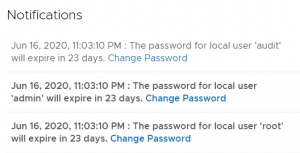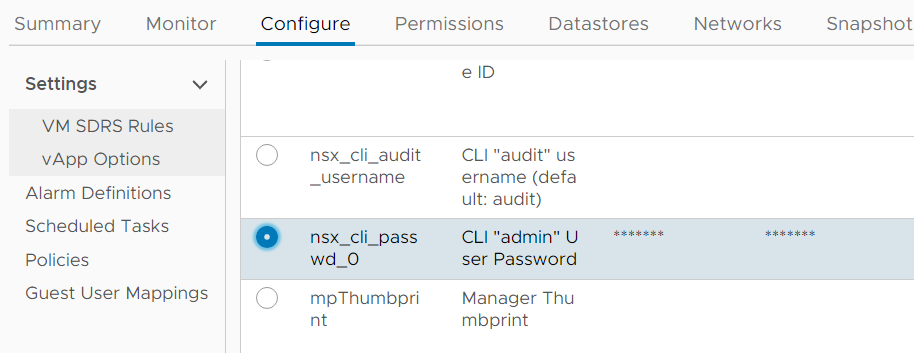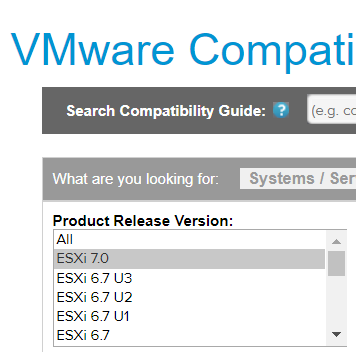How to use SSH Key Authentication in NSX-T
If you are working with Linux you are very likely familiar with SSH Keys. Public Key authentication is an authentication method that relies on a generated public/private keypair and enables a secure method to login without entering a password.
Usually, you would use ssh_copy_id to transfer keys to a remote system or add it to the authorized_keys file manually but NSX-T does not support those methods. This article explains how to enable ssh key authentication for NSX-T Managers and Edge Appliances.



 This article explains how to prepare the vCenter Server Appliance to connect with external Postgres Management Tools like pgAdmin. This method works with vCenter Server Appliance version 6.5, 6.7, and 7.0.
This article explains how to prepare the vCenter Server Appliance to connect with external Postgres Management Tools like pgAdmin. This method works with vCenter Server Appliance version 6.5, 6.7, and 7.0. Double-check your vendor support when updating ESXi hosts to vSphere 7.0. Some systems have not been certified by their vendor yet. The following servers were
Double-check your vendor support when updating ESXi hosts to vSphere 7.0. Some systems have not been certified by their vendor yet. The following servers were